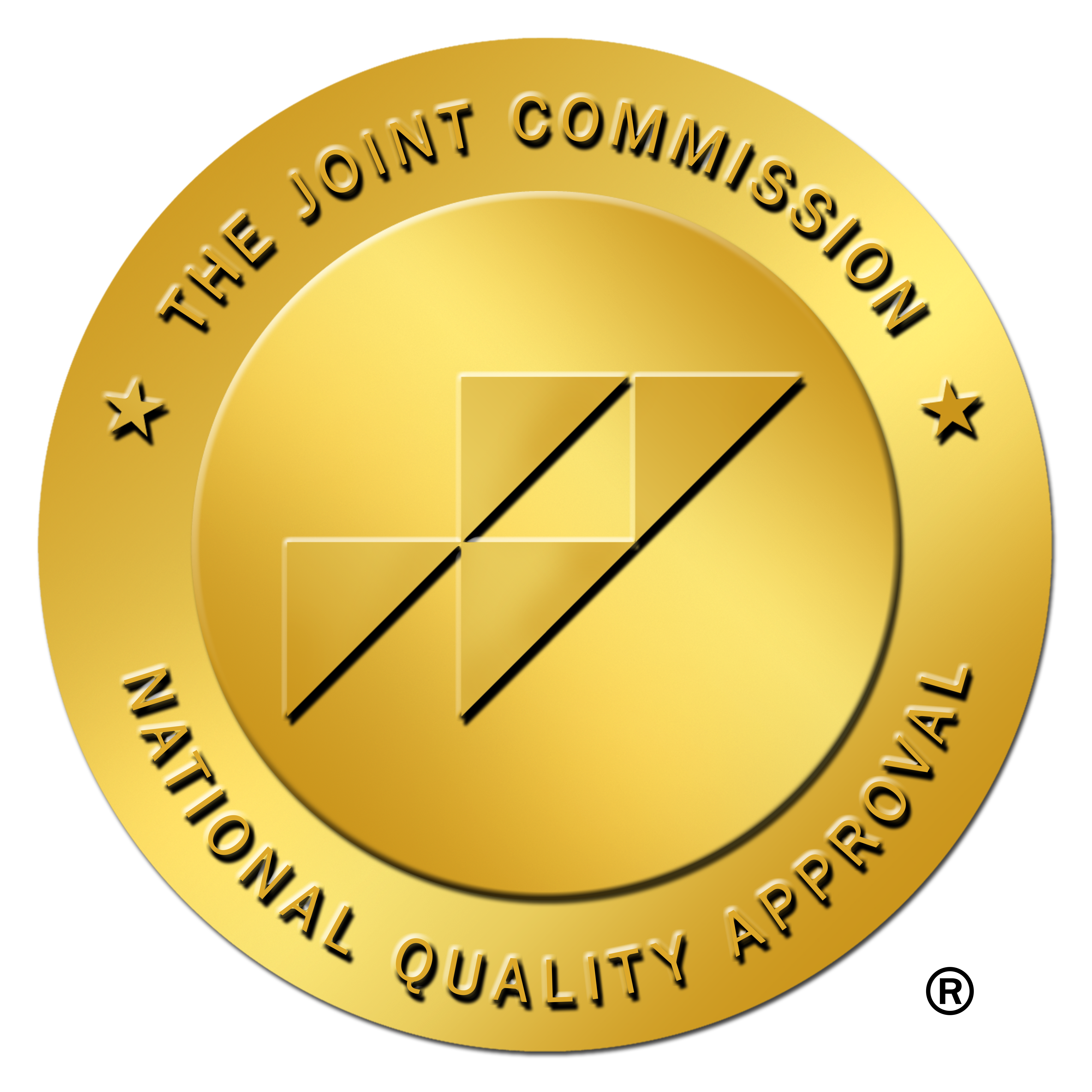Trauma is an emotional reaction to a distressing event, but what does emotional trauma do to the brain? When a person experiences trauma, their brain shifts into high alert. All of their mental and physical functions focus on dealing with the threat. Experts often describe this state as the “fight or flight” response.
In most cases, this state of high alert fades once the threat is gone and brain chemicals return to normal. For some people, the effects of trauma linger and can affect their long-term mental and physical health.
What is Emotional Trauma?
Emotional trauma can occur after a distressing event or series of events that make you feel unsafe. What constitutes a traumatic event is specific to the individual and may not be the same for everyone. If you feel frightened, unsafe, helpless, or that your life is threatened, you’re likely experiencing a traumatic event.
“Trauma shatters a person’s sense of safety and many people have difficulty processing what happened to them and returning themselves to their previous state of calm,” Irving Najman, MA, LMFT, CSAT, Clinical Manager at Integrative Life Center said.
Both one-time events and ongoing experiences can be traumatizing. For example, military veterans in combat are at risk of developing severe trauma responses, but many different events can cause a person to feel traumatized.
Examples of traumatic happenings include:
- Accident/injury
- Loss of a loved one
- Natural disaster
- Serious or chronic illness
- Attack, assault, or witnessing a violent attack
- Childhood abuse or neglect
- Rape or sexual abuse
- Extreme poverty
- Bullying
- Domestic violence or witnessing domestic violence
- Racism
It’s not necessary to experience a traumatic incident yourself to be traumatized by it. Repeatedly hearing about traumatic events can also be traumatizing.
“People can experience emotional trauma from living in an environment with people who haven’t processed their own emotional trauma and are, therefore, in a seemingly constant state of arousal. They don’t feel safe, so they teach others to live that same way,” Irving explains.
What Does Emotional Trauma Do to the Brain?
The answer to the question, “What does emotional trauma do to the brain?” is complex because trauma affects all three parts of the human brain: the reptilian, the mammalian, and the neomammalian.
The Reptilian Brain
The reptilian or primal brain is the part of the brain known as the basal ganglia. The basal ganglia structure handles survival. It’s in charge of feeding, fighting, and fleeing.
The amygdala is also in this area of the brain. It’s in charge of fear response and the production of cortisol. Repeated exposure to fear, even imagined or remembered fear, as can be the case with trauma, can decrease the size and function of the amygdala.
The Mammalian Brain
The mammalian part of the brain is also known as the limbic system, which handles your feelings and emotions. It’s the brain’s reward center. Neurons in this region produce your body’s “feel-good” chemicals like dopamine.
The hippocampus is also a part of the mammalian brain. If a sight or scent has ever triggered a strong memory for you, that’s your hippocampus at work.
If you live with Post-Traumatic Stress Disorder or other trauma-related disorders, you may experience frightening “flashbacks.” The hippocampus triggers these vivid memories. They’re your brain’s way of keeping you awake and vigilant for danger, even when there isn’t currently danger.
Neo-Mammalian Brain
Higher mammals, like humans, also have a cerebral neocortex. Professionals sometimes refer to it as the neo-mammalian brain. The functions of the cerebral neocortex include decision-making, problem-solving, sensory processing, and memory.
When a person experiences trauma, it can stop the right and left hemispheres of their brain from communicating properly, which can impact memory and other neocortex functions.
The Daily Impact of Trauma on Your Health
Trauma can affect your health on many levels. When an ongoing stressor occurs, it overwhelms the nervous system and can result in physical and mental health symptoms.
“Your mind and body are connected. They don’t act independently of one another. Therefore, trauma is stored in both, and you have to heal from it holistically,” Irving stated.
Researchers estimate that about 70% of U.S. adults have experienced at least one traumatic event. About 20% of this group will meet the criteria for PTSD, the most severe of the trauma disorders.
Some of the potential impacts of trauma on health and wellness include:
- Chronic pain
- Headaches
- Guilt or shame
- Depression
- Insomnia and other sleep disturbances
- Avoiding people, places, or things that remind you of the trauma
- Poor self-esteem and lack of confidence
- Unexplained rage or anger
- Feeling hypervigilant and easily startled
- Extreme mood swings
- Substance or alcohol use disorder
- Chronic stress
- Chest pains
- Brain damage (memory loss, overstimulated amygdala, shrunken hippocampus)
Various mental health disorders are also associated with trauma. In addition to PTSD, unresolved trauma may lead to anxiety disorders, depression, Borderline Personality Disorder, and dissociative disorders.
Trauma symptoms can begin shortly after the triggering event(s) or may not appear until years later.
Healing Trauma and the Brain
Fortunately, qualified professionals can help identify disorders or conditions caused by emotional trauma. Treatment for trauma is well-researched and effective.
“You can heal from trauma and reestablish your feelings of safety and self efficacy,” Irving said.
Some of the most commonly used treatment modalities can even help reverse the damage caused by trauma.
Eye-Movement Desensitization and Reprocessing
Eye-Movement Desensitization and Reprocessing (EMDR) therapy differs from most other therapies. The goal of this approach is to change how the brain stores memories. EMDR has eight phases to help a client reduce the emotional impact of traumatic memories.
The therapist will lead the client through the phases of EMDR by asking them to remember the memory. They will also ask the client to do some tapping motions or eye movements. The client may repeat this step several times until they feel less emotional pain when they think about the specific memory.
Cognitive-Behavioral Therapy
Cognitive-Behavioral Therapy (CBT) is traditional talk therapy that focuses on changing negative patterns of thinking and behaving regardless of the past or what caused the patterns to develop.
CBT is a short-term therapy method that typically lasts only a few months. Clients usually do regular “homework” assignments to practice their new positive-thinking skills.
Dialectical Behavior Therapy
Dialectical behavior therapy is a kind of CBT. It focuses on living in the moment instead of dwelling on the past or worrying about future events. The word “dialectical” means opposing ideas. The goal of DBT is to help clients accept the present while they also work to improve their outcomes.
Trauma-Informed Therapy
Trauma-informed therapy can be a collection of specific treatments. It is not the specific therapy but the approach that defines trauma-informed therapy.
This approach assumes the client has experienced trauma even if the actual event or events are unknown. The goal of this approach to care is to avoid re-traumatizing a person. Trauma-informed therapy promotes self-empowerment and personal choice in care options.
Integrative Life Center uses a trauma-informed approach as part of our core treatment philosophy.
Brainspotting
Brainspotting is a technique that uses eye position to access trauma stored deep in the brain. A therapist will direct you to focus your gaze on a point that is related to that experience and explore emotions that you may feel as you do so. Music can also be used. This can lead to the healthy processing of that trauma.
Comprehensive Resource Model Therapy
Clinicians developed the Comprehensive Resource Model (CRM) for people with severe PTSD and other trauma-related disorders. It is a neuro-biologically based treatment. CRM includes various methods that can clear the neurobiological “debris” that gets in the way of the brain’s healthy function.
You Can Heal from Trauma
At Integrative Life Center, we understand the emotional, physical, and mental health impacts of trauma. Living in fear can be debilitating. Our trauma-informed treatment approach can help you restore balance and free yourself from the grip of trauma. Contact Integrative Life Center to learn more about our trauma treatment and other treatment programs.











